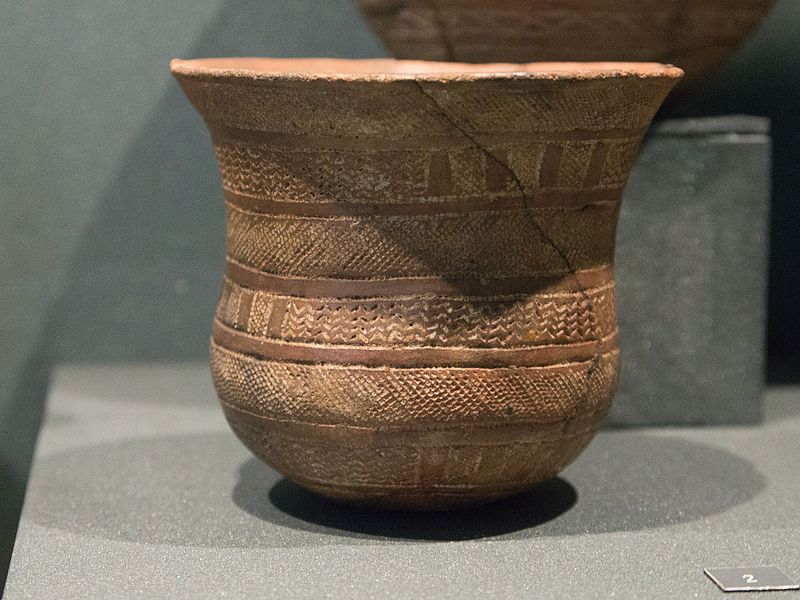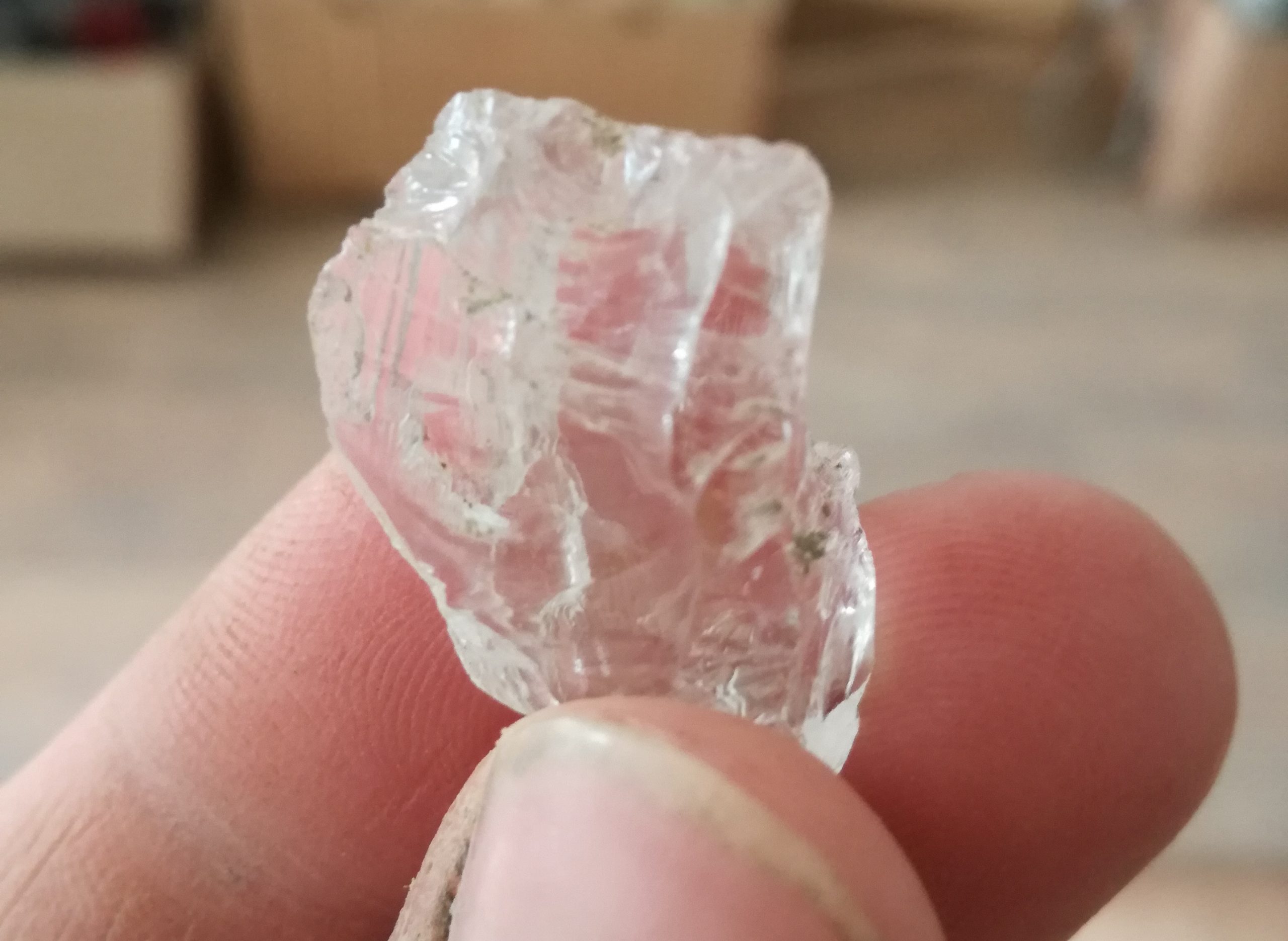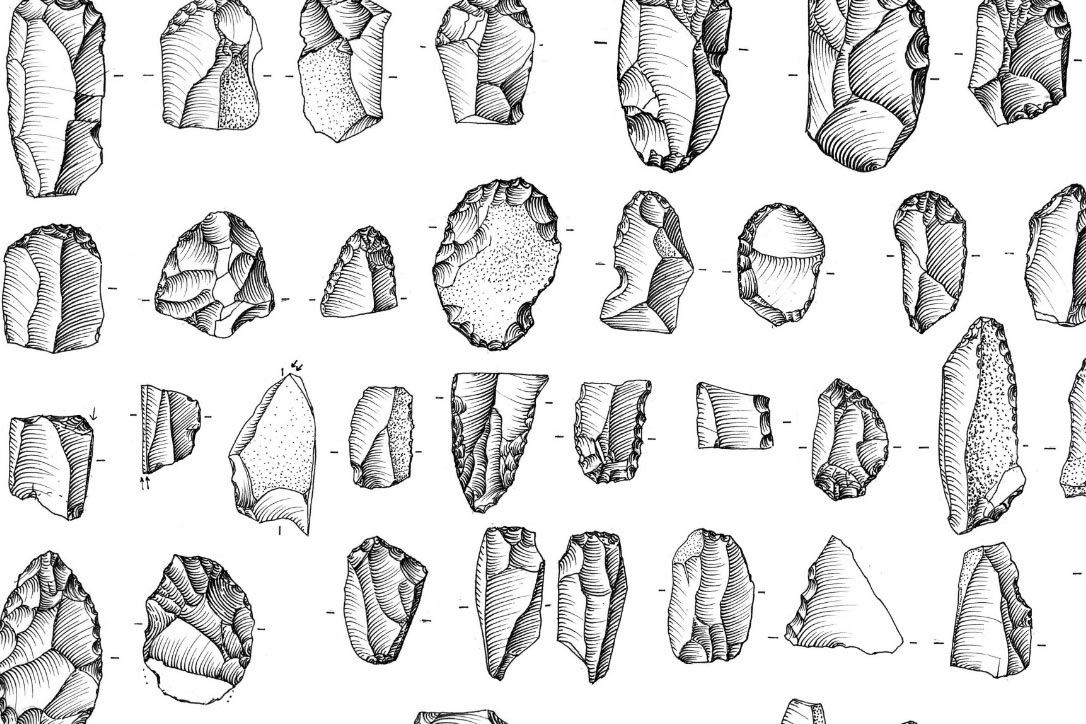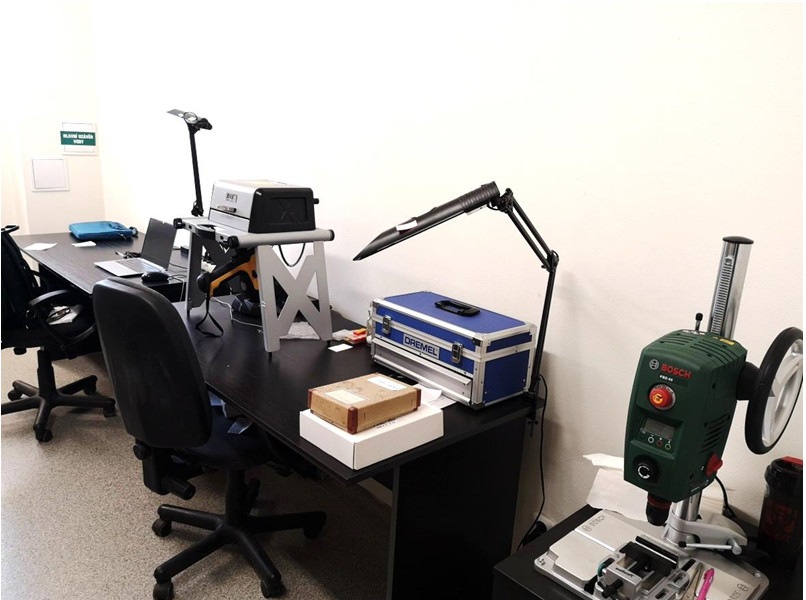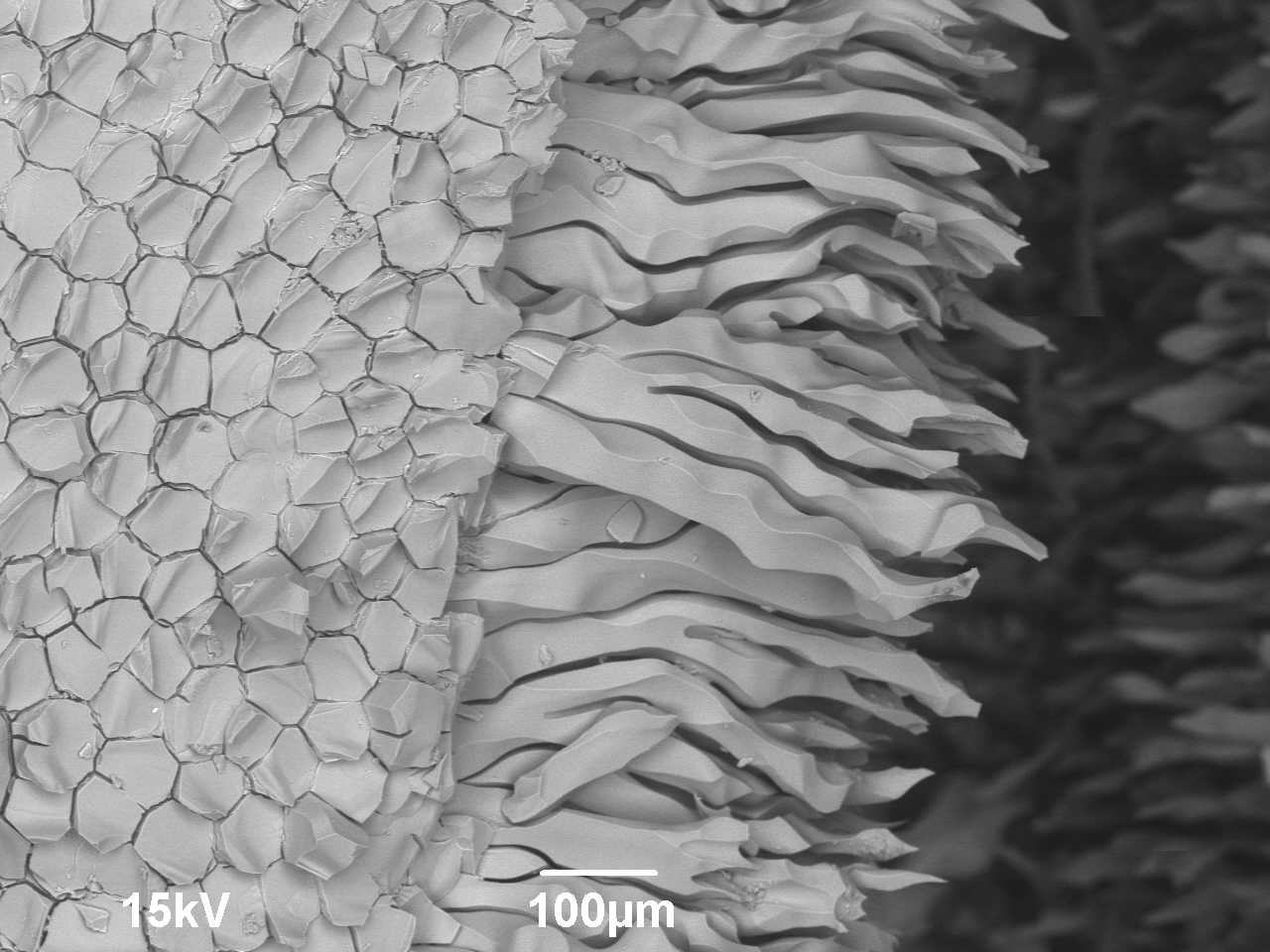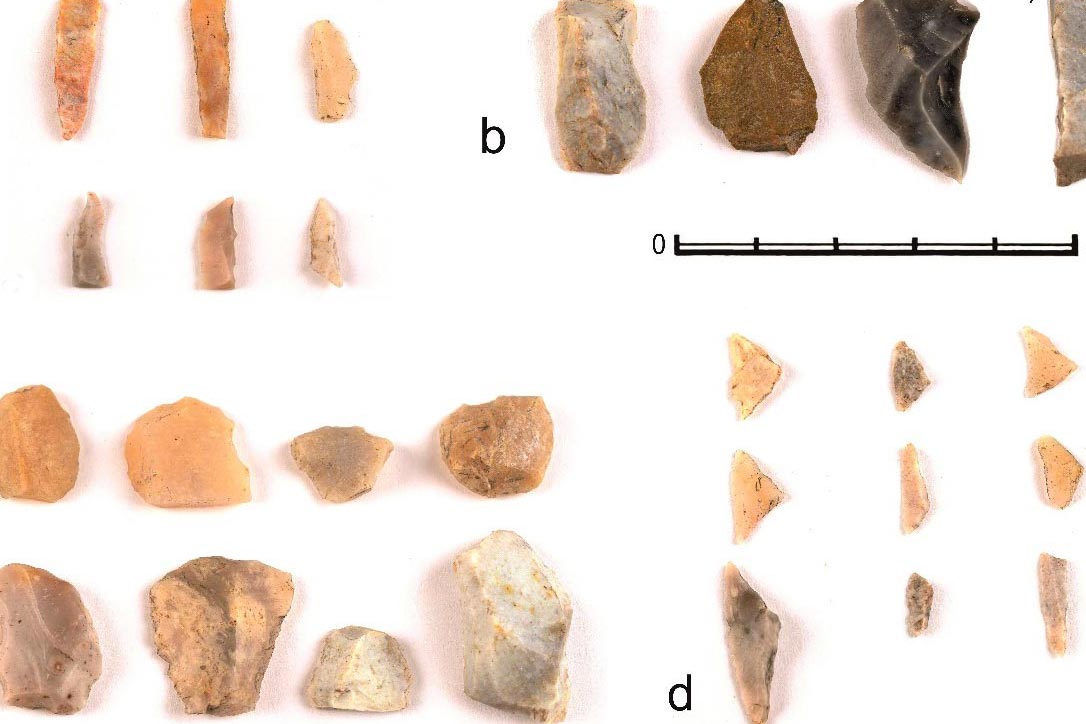Geological, geomorphological and pedological evaluation of the site
Terrain reconnaissance combined with knowledge of topographic, geomorphological and geological data is one of the basic steps in assessing the archaeological site or possible formation processes that fundamentally influence the origin and preservation of the archaeological record...








